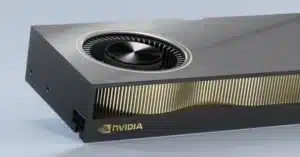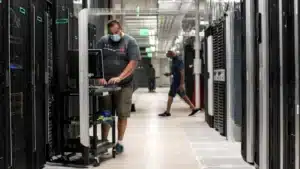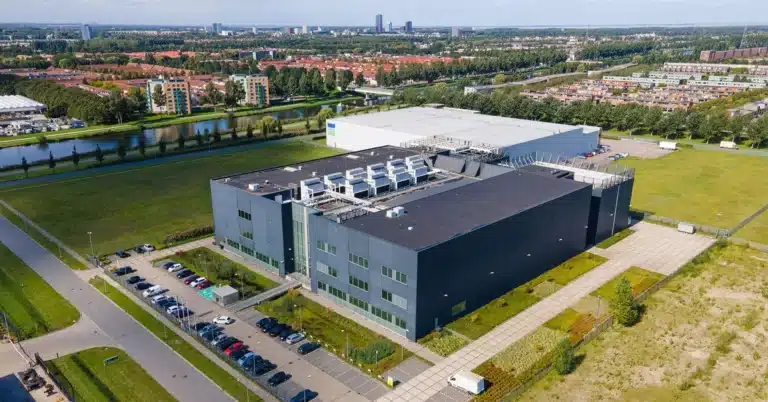Rent a GPU Server with RTX 6000 PRO Blackwell: What It Means for AI and High-End Visualization
Computeman proudly announces the expansion of its server infrastructure with the introduction of cutting-edge, high-performance servers powered by the RTX 6000 PRO Blackwell server edition GPU.
The release of NVIDIA RTX 6000 PRO Blackwell GPU brings workstation-class silicon—96 GB of ultra-fast GDDR7, fifth-generation Tensor Cores, and fourth-generation RT Cores—to the data-center rental market, unlocking record performance for enterprises that prefer flexible OpEx to capital purchases.
Computeman became one of the first GPUaaS provider to advertise monthly contract servers from $800 with the card, positioning the hardware as a 7x acceleration over earlier generations for deep-learning and 3D workloads.
Inside the RTX 6000 PRO Blackwell
NVIDIA official specification sheet lists 24,064 CUDA cores, 752 Tensor Cores, 188 RT Cores and 125 TFLOPS of FP32 compute for the workstation edition, all tied together by PCIe 5.0 and 1.8 TB/s of memory bandwidth.
The 600 W server variant ships in a passive dual-slot form factor for rack airflow and supports Multi-Instance GPU (MIG) partitioning, letting operators slice the card into four smaller secure instances for multiple tenants.
Benchmarks published by CG Channel and independent teardown channels show 4K raster performance that edges out even consumer RTX 5090 silicon, while ray-traced workloads record up to a 2x leap versus the Ada-based RTX 6000.
Why Rent Instead of Buy?
- CapEx Relief: Blackwell inventory is effectively sold out for 2025, and board prices are expected to exceed the Ada generation’s $6,799 MSRP. Hourly rentals flatten those costs.
- Elastic Scaling: MIG lets users spin up multiple small models during inference bursts while collapsing back to a single large 96 GB partition for training mega-models overnight.
- Ready-Made Infrastructure: Providers bundle dual NVMe arrays and 10 Gbps networking, cutting cluster setup times to “1hour from order to SSH access”.
- Early Access to New Silicon: Community testers report that libraries must be re-compiled for compute capability 9.0, but once configured, Blackwell’s memory capacity comfortably runs 70 B-parameter Llama models in a single card.
Target Workloads
- Generative AI & LLMs: 5th-gen Tensor Cores accelerate FP4 and FP8 precision, pushing up to 4 PetaOPS for transformer inference, slashing cloud bills for chatbots and diffusion models.
- Digital Content Creation: Fourth-gen RT Cores and Neural Shaders deliver film-grade path tracing at real-time speeds in Autodesk VRED and Unreal Engine, according to some early adopters.
- Scientific Simulation: 96 GB VRAM plus ECC enables multi-trillion-cell CFD and molecular dynamics without out-of-core penalties.
Market Outlook
Tom’s Hardware observes that Nvidia’s consumer RTX 50 launch slipped to 2025 due in part to Blackwell wafer allocation for AI demand, a signal that datacenter-class GPUs will remain capacity-constrained well into 2026.
Rental vendors therefore expect sustained elevated pricing, yet the ROI calculus still favors leasing over ownership for firms with variable or project-based compute needs.
Final Thoughts
RTX 6000 PRO Blackwell servers offer unprecedented single-GPU memory and performance, reducing week-long model-training jobs into days and enabling real-time, photorealistic visualization on-premesis or in the cloud.
Early renters should prepare for the bleeding-edge nature of new silicon—driver updates, thermal tuning, and higher wattage—but the payoff is dramatic speed-ups that keep pace with the generative-AI boom.







